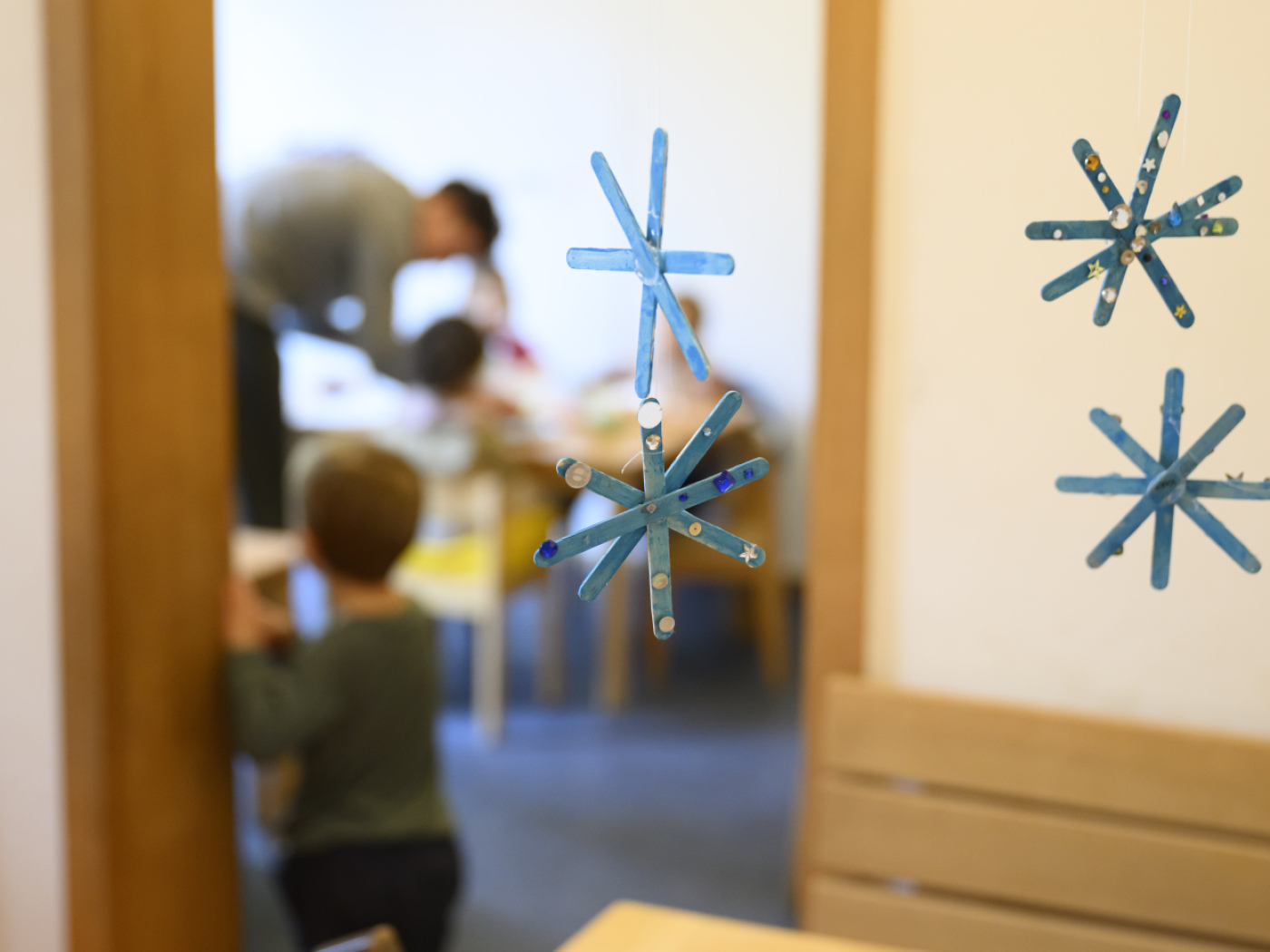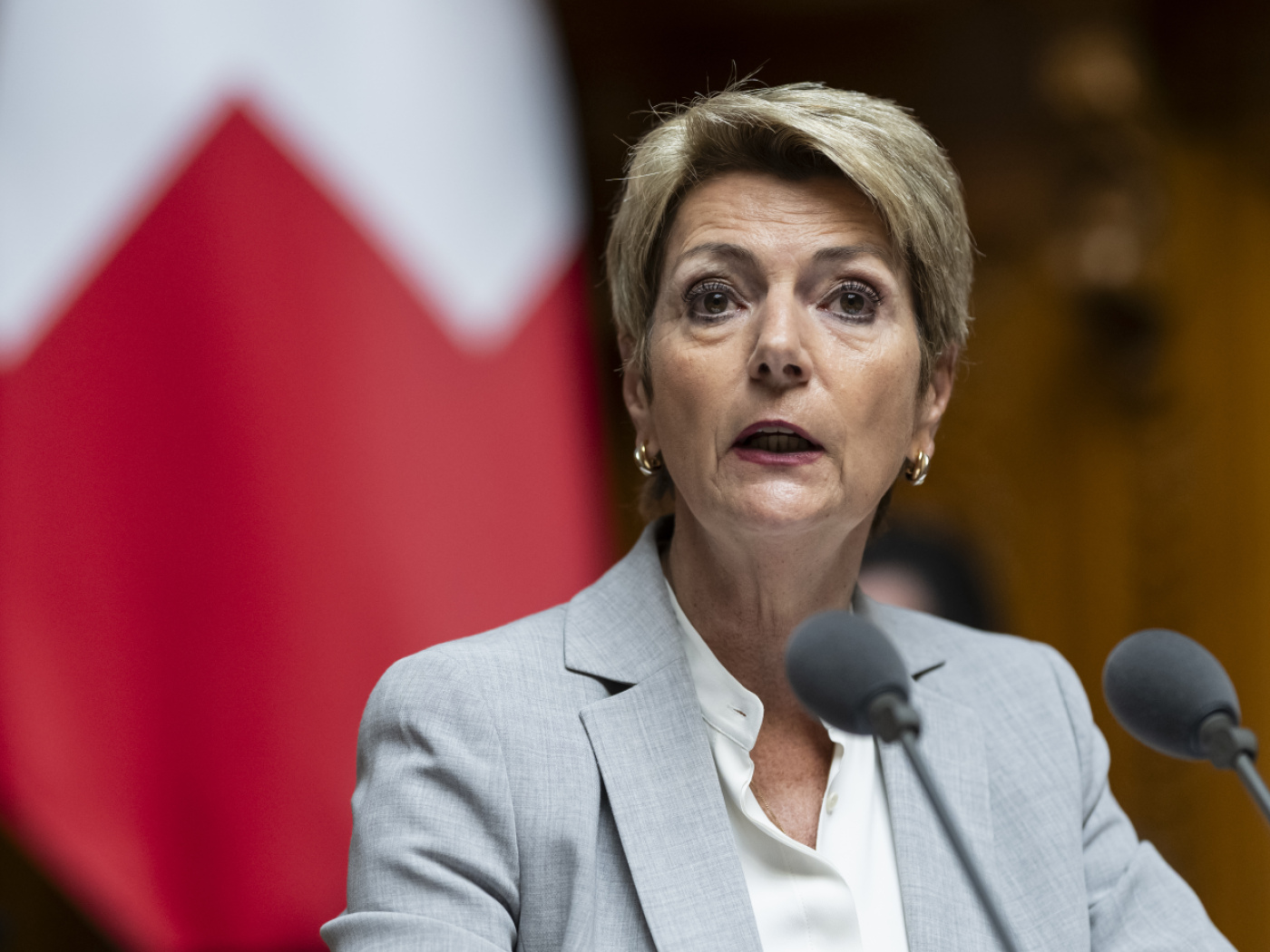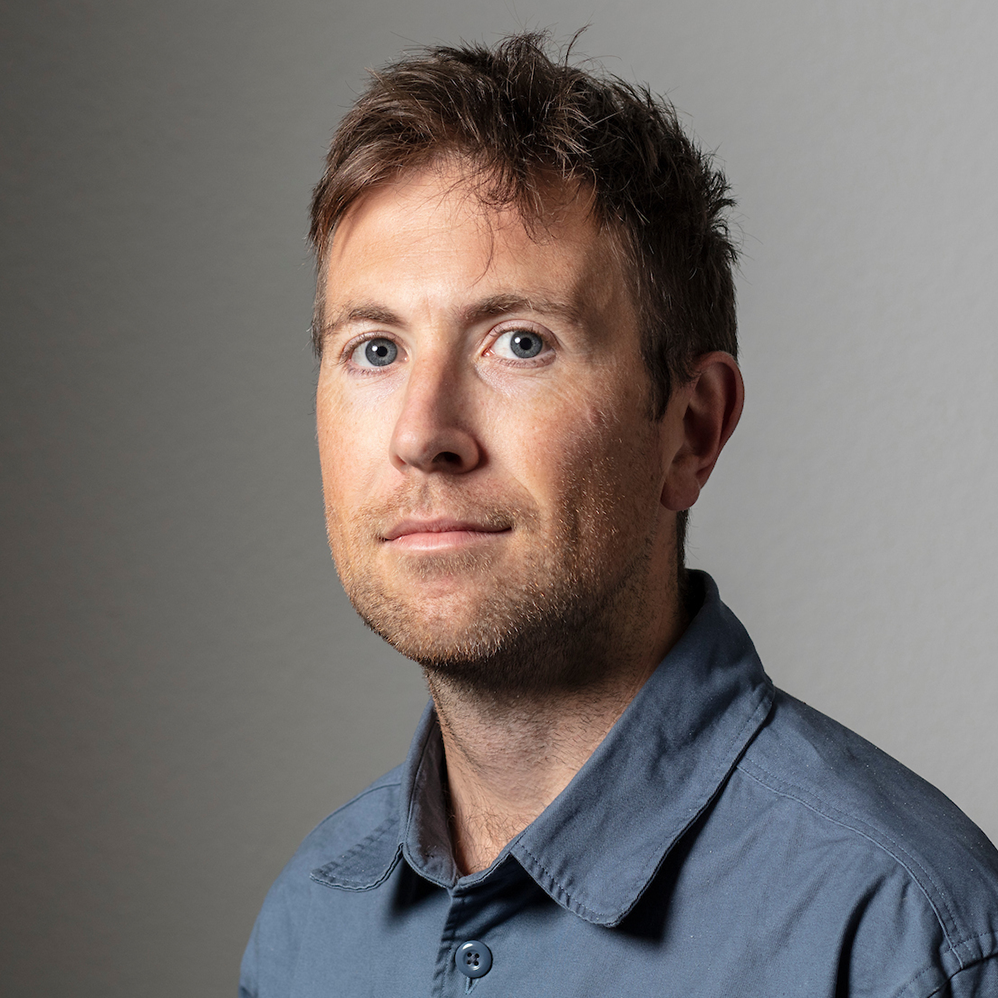More than a Swiss facelift for Polish hospitals

Krakow’s largest hospital is set to benefit from Swiss enlargement contributions to install solar panels on its steel-plate front which contains asbestos.
Old infrastructure often gets in the way of modernising Poland. Its city centres look not much different from those in western Europe, but behind the scenes Poland has a lot to catch up.
Krakow, in southern Poland, is well known for its universities, the Jewish quarter, paprika sauerkraut and Pope John Paul II (Karol Wojtyla). The Trabants, Polski Fiats and Wartburg cars have disappeared from the streets, making way for western European, Japanese and American brands.
Tourists stream through the city centre from one historic attraction to another. The iron and steel factory that was once one of the eastern bloc’s largest plants and the second-largest air polluter in Poland still stands on the city outskirts.
In the 1970s, a large hospital was planned near the gigantic steel works.
However, the general hospital which specialises in occupational injuries such as burns, poisonings, facial surgery and neurotraumatology was opened 20 years later than planned because of the upheavals in the wake of the liberation from Soviet occupation.
The spectre of socialism could not be eradicated. The building is colossal, rectangular, and over-sized.
It has a facade that makes air-conditioning difficult and an expensive marble floor. Only 600 of the potential 900 beds are in use.
Asbestos
“Today we use almost our entire budget to cover running costs,” says Witold Poniklo, the hospital’s technical deputy director.
In other words, there is little left for upgrades.
The windows have been replaced and the insulation improved. But the air-conditioning and plumbing systems, involving kilometres of piping, are obsolete. Most of it comes from Magdeburg and is GDR technology. This is German quality of another kind – it still works, but at a high cost.
The facades contain asbestos which was commonly used for insulation in those days. “If you don’t touch it,” Poniklo says tentatively, “I suppose the danger can be contained.”
But this rules out any renovations that would enable the toxins to escape.
Solar panel
During the summer months which are steadily getting warmer, the steel plate facade has begun to heat up to such a degree that the air conditioners run up tremendous energy bills. This is why the hospital managers came up with the idea of installing solar panels that will produce electricity for cooling.
The specialists in the Swiss Contribution Office in Warsaw, in charge of allocating the enlargement contribution, heard about this project.
The contribution to finance infrastructure projects in new European Union countries was endorsed by the Swiss electorate in 2006.
Because Poland is by far the largest of the new EU countries, half of the money will be spent there. The Swiss office in Warsaw was instructed to propose sustainable infrastructure projects in Poland which are to receive the SFr500 million ($476 million) by 2012.
Ventilation
The hospital project in Krakow is one of them, earmarked to receive SFr8.1 million. It will fund 3,100 square metres of solar panels, an upgrade of the sanitary facilities, 5,000 metres of new pipes and a mechanised ventilation system.
As part of the eastward enlargement, the EU is also supporting infrastructure projects in Poland.
To avoid duplication, funding allocations are coordinated between Switzerland and Brussels.
“The infrastructure projects supported by Switzerland are conducted separately from the EU fund, or complementarily, if the Swiss regard this as appropriate,” says Dominique Favre, deputy head of the contribution office in Warsaw.
Two further hospitals in the Krakow region are currently being renovated and modernised.
The measures are expected to result in substantial emission reductions and annual savings of around SFr1.3 million for the energy costs which currently account for between six and nine per cent of the hospital’s running costs.
Alexander Künzle, swissinfo.ch in Krakow (adapted from German by Urs Geiser)
As part of a second set of bilateral treaties with Brussels, non-EU member Switzerland pledged SFr1 billion ($950 million) to the ten new EU member states mainly in eastern Europe.
Swiss voters endorsed the government plan in a nationwide vote in 2006.
Almost half the funding is going to Poland for infrastructure and security projects.
Bulgaria and Romania which joined the EU in 2007 also benefit from Swiss funds.
The Swiss contribution is part of efforts to reduce social and economic disparities in the enlarged EU and to ensure security, stability and prosperity throughout the continent.
Kracow is one of Poland’s most important economic centers, and the economic hub of the Lesser Poland (Małopolska) region.
Situated in the south of the country, the region, considered relatively poor, has about a population of 3.2 million.
The three hospitals which are to benefit from Swiss funds, treat about 80,000 patients every year.
The EU cohesion fund is aimed at member states whose Gross National Income (GNI) per inhabitant is less than 90% of the union’s average.
Switzerland’s contribution is implemented autonomously and is not part of the EU’s cohesion policy.
The cohesion fund finances activities under the following categories: trans-European transport networks and environment, including energy efficiency, renewable energy.

In compliance with the JTI standards
More: SWI swissinfo.ch certified by the Journalism Trust Initiative














You can find an overview of ongoing debates with our journalists here . Please join us!
If you want to start a conversation about a topic raised in this article or want to report factual errors, email us at english@swissinfo.ch.